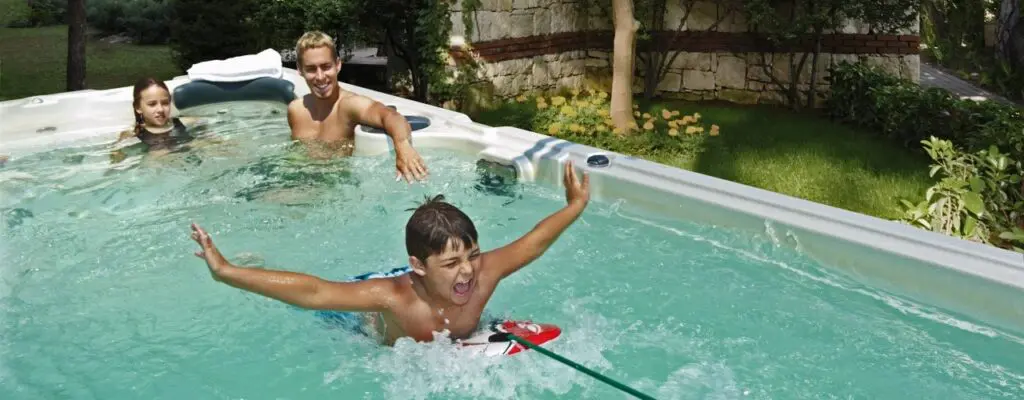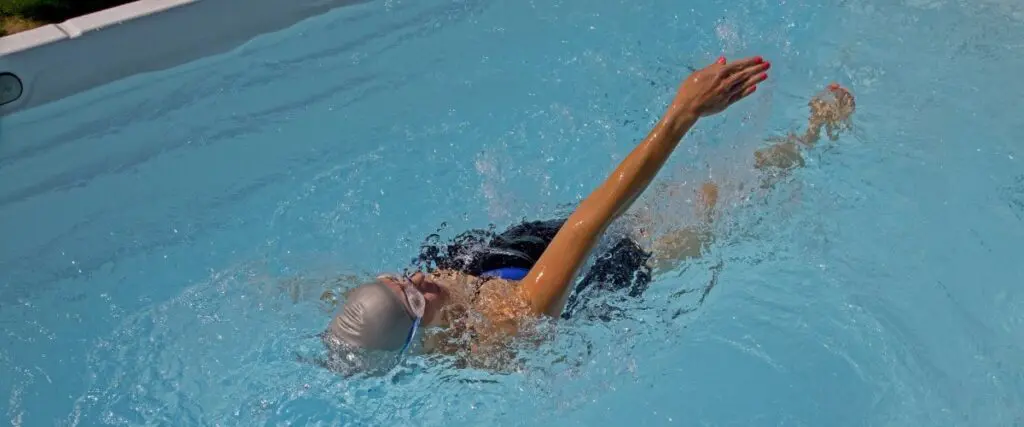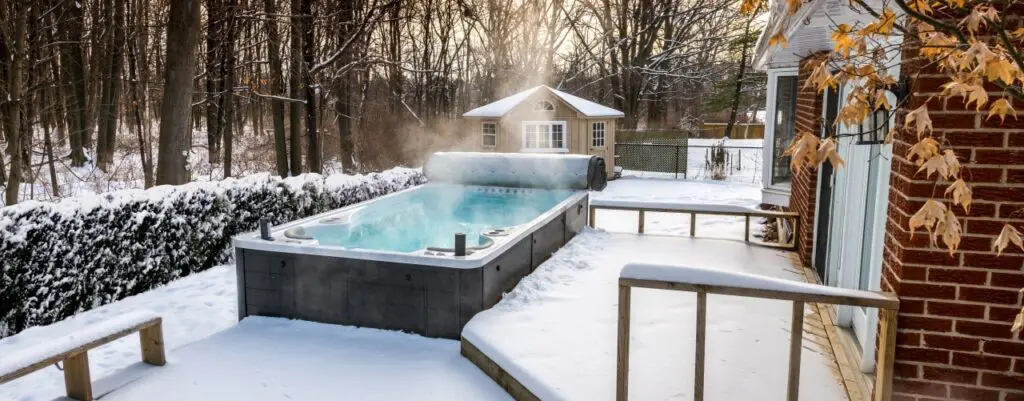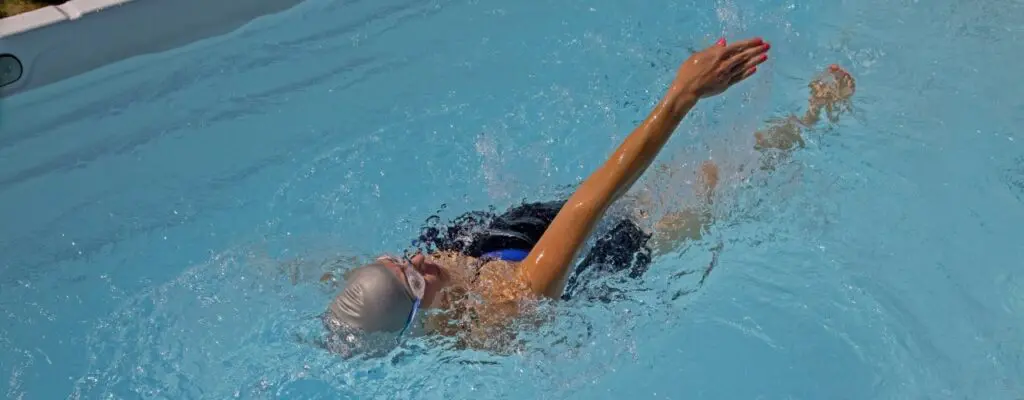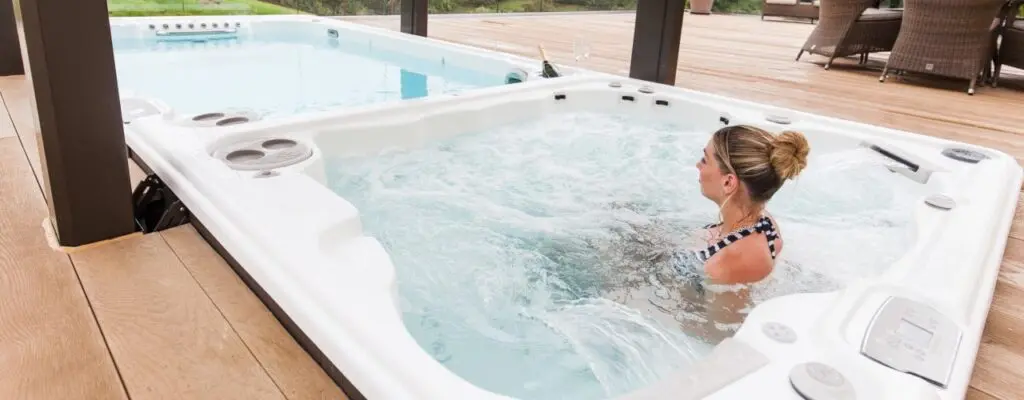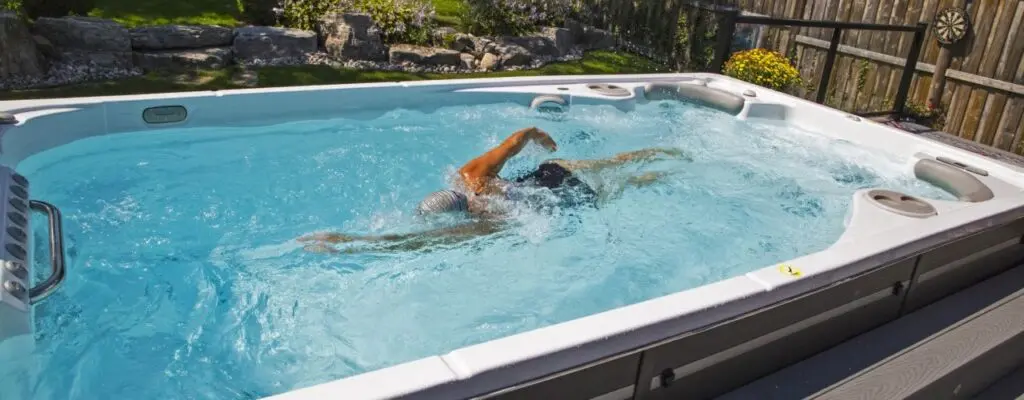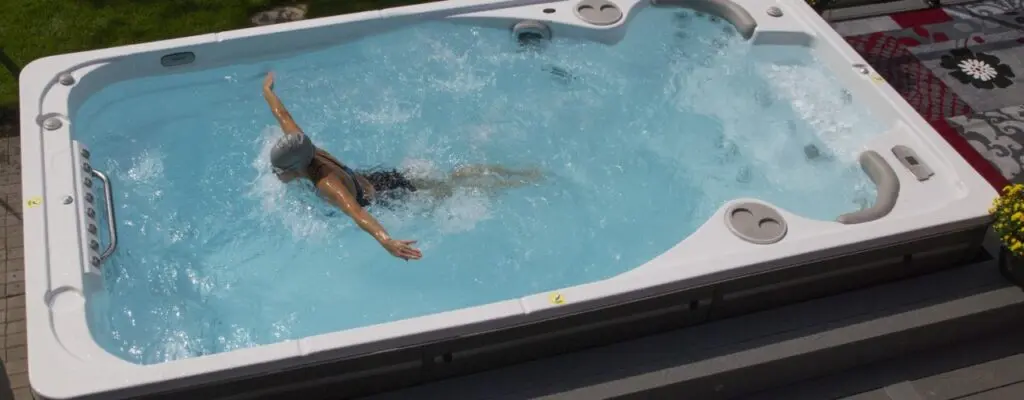
Swimming isn’t just a great way to cool off in the summer. It’s also an incredibly effective form of exercise and can have a lot of lifestyle benefits. If you’re keen to add a new activity to your routines this summer then swimming is a perfect choice with a lot of positive benefits to it.
A supported way to exercise
The buoyancy of the water means that you can get a really good workout when you’re swimming without heavy impact on your body. Whether you suffer from back or neck pain or issues with your joints you will probably find that swimming will enable you to exercise without any of the impact injuries that can result from activities like running and aerobics. Fewer injuries mean more opportunity to be active.
A great method for weight loss
Swimming burns calories and can help you lose weight. It’s one of the few genuinely full body activities and engages a whole range of muscles, as well as getting your heart rate up. If you’re keen to lose weight this summer then regular swimming can support this alongside healthy eating and plenty of water and sleep.
Build and tone your muscles
One big advantage of swimming as exercise is the fact that the water provides a huge amount of resistance. As a result, it’s much easier to build muscle at a faster rate for swimmers than those engaged in other activities. The repetitive movements of swimming mean that you can build up specific muscles, such as those in your back or arms, and you’ll also develop good muscle stamina if you stick to a regular swimming schedule.
It’s good fun
Swimming might be very effective when it comes to improving muscle tone and helping with weight loss but it’s also a very enjoyable activity. Whether you’re swimming in a pool or outdoors in a lake or the sea it’s often viewed as a fun way to improve physique and get healthier – preferable to spending time inside in a gym when it’s warm out. It’s also something that you can do with other people, making it potentially a very sociable way to exercise too.
Swimming helps to keep you calm
Stress is a big issue for many of us today and something that a lot of people struggle to get under control. Exercise in any form has been found to have a positive impact when it comes to reducing stress and swimming is no different. Regular swim sessions can help to minimise anxiety and depression and improve positive feelings. The water can increase this positive impact, especially if you are swimming outside in nature, for example in a lake or in the sea.
Swimming is a great all year round activity that has a lot of benefits for both body and mind. If you’re looking for a way to keep fit and improve stamina, as well as losing weight, then this might be the ideal sport for you.
